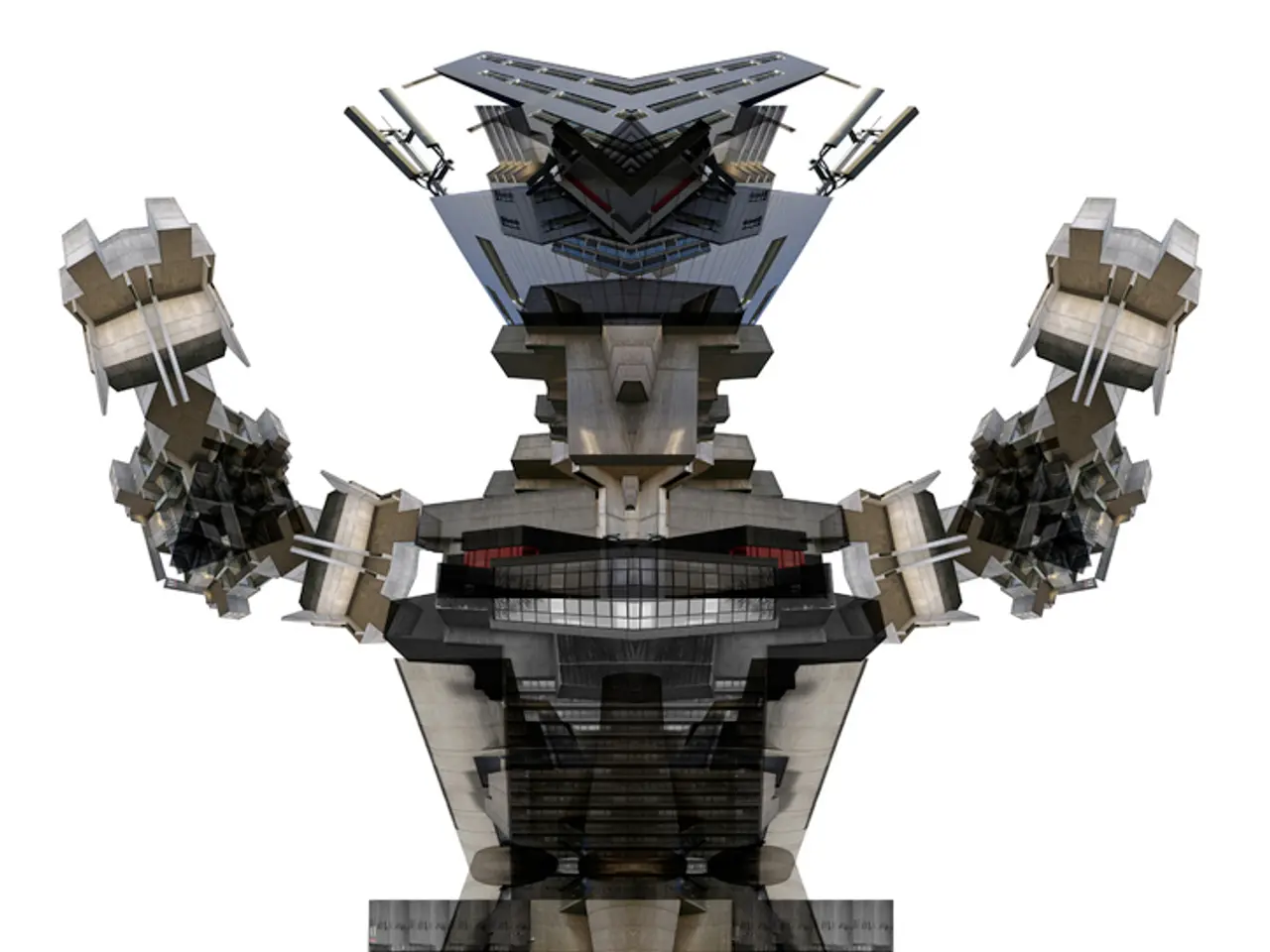Light-Communicating Microbots Pave the Way for a Robotics Settlement
In the heart of the MAIN Research Center at TU Chemnitz, a team of researchers is revolutionizing the field of microrobotics with their innovative creation, the Smartlets. These autonomous microrobots, approximately 1 mm in edge length, communicate via light and coordinate in water, opening up a new era in distributed robotic systems.
The modular structure of Smartlets supports the principle of "many simple units displaying complex behavior together." This design allows for a diverse range of functions within a single digital organism. For instance, one Smartlet could specialize in vision, another in movement, and a third in coordination.
The communication between Smartlets is optical, using micro-LEDs for signaling and photodiodes for receiving. This approach eliminates the need for antennas or radio modules, creating a wireless communication loop that is compact and scalable.
The Smartlets' use of light both as energy and as information is a game-changer. This unique feature enables the system to operate without a large external control station, aiming for local, programmable interaction directly between the units.
The concept of "microelectronic morphogenesis" is being explored, where electronics organize themselves in shape-changing materials. This innovation is made possible by the origami-inspired approach used in manufacturing the Smartlets, which fold into a hollow 3D cube.
The Chemnitz team also uses a soft bonding process to embed tiny silicon "chiplets" to enhance computing and control functions. This advancement further enhances the Smartlets' capabilities, making them suitable for a variety of applications.
In the realm of water quality testing, Smartlets can be used in pools, tanks, or environmental samples. Their small size and adaptability make them ideal for distributed sensor networks and autonomous inspections in hard-to-reach areas.
Moreover, the Smartlets are being considered for applications in soft robotics, where adaptive, gentle movements are crucial. This could lead to minimally invasive diagnoses in confined spaces.
Despite being in their early stages, some group functions have been demonstrated in water. The long-term goal is to understand how distributed intelligence and modular hardware can produce systems that mimic the adaptive, communicative behaviors of living collectives.
As research continues, the potential applications of Smartlets are limitless. From water quality testing to soft robotics, these autonomous microrobots are set to redefine the future of technology.








